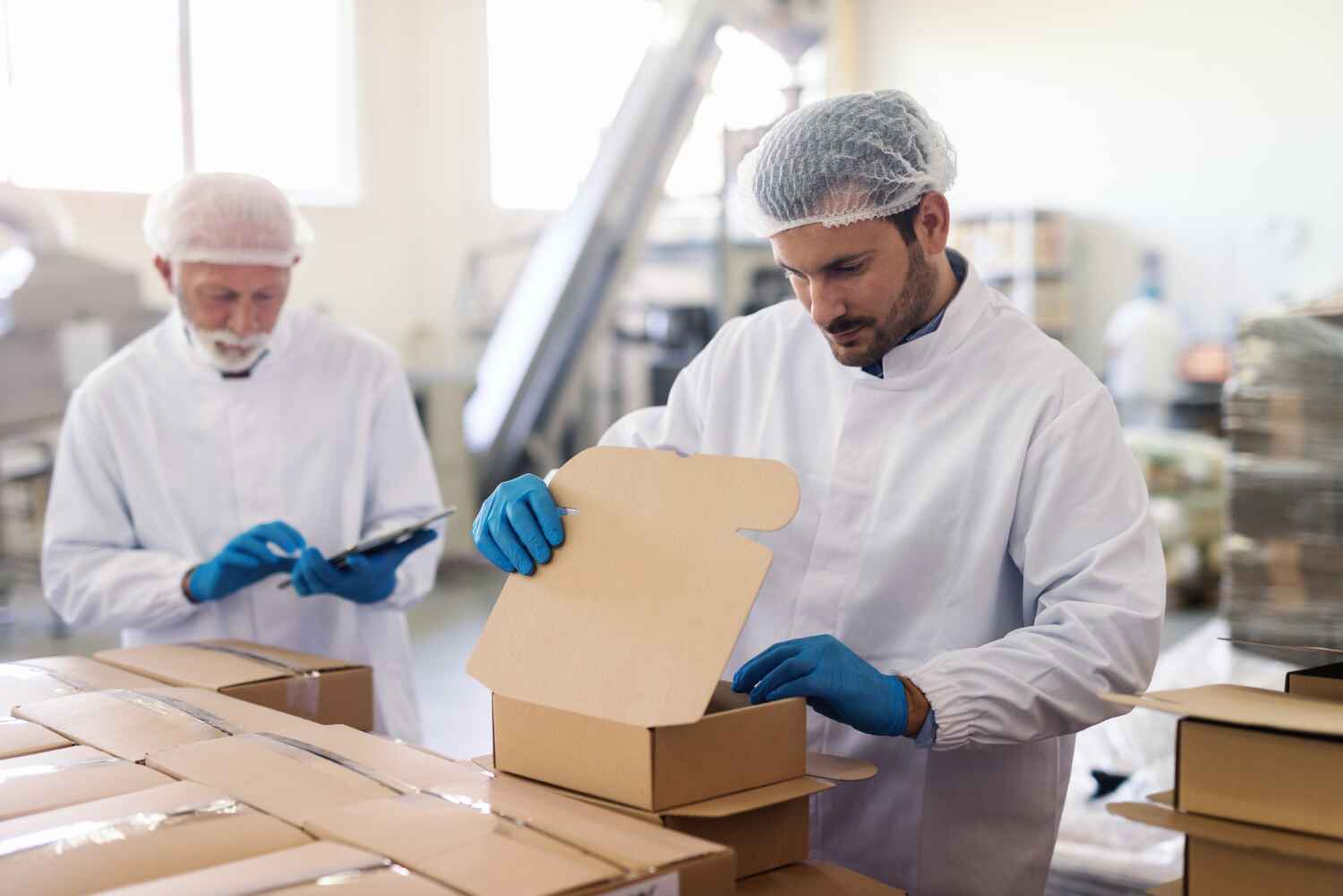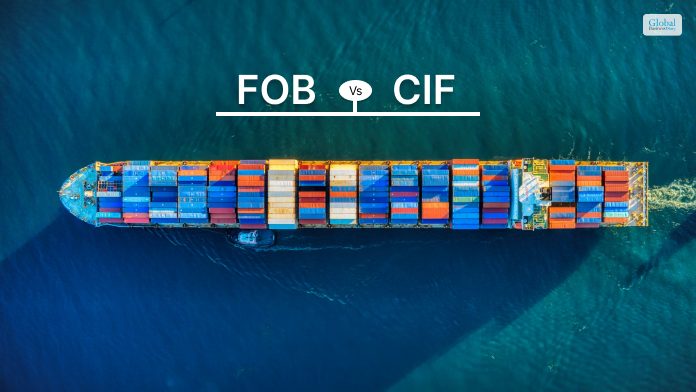Smarter Packaging: Protecting Your Food, Health, and the Planet

Every week, households toss out food that’s still perfectly edible — whether it’s soft fruit, soggy greens, or leftovers that didn’t get eaten in time. While it may seem like a small inconvenience, the ripple effects of spoiled food are much bigger. It impacts your finances, your health, and the environment. One simple, yet powerful way to curb this waste? Rethink the packaging you rely on.
For homeowners aiming to live more sustainably and eat healthier, understanding how spoilage happens — and how better packaging can prevent it — is an essential step.
The Real Cost of Spoilage
Food waste is more than just throwing out dinner — it’s a global problem with serious consequences. Worldwide, food waste costs exceed $1 trillion annually, and much of that loss happens at home. Individually, this can translate to hundreds or thousands of dollars lost each year.
What’s more, wasted food also wastes resources. It takes energy, water, and fuel to grow, harvest, and transport food — and about a third of all freshwater use goes toward food that never gets eaten. When it ends up in landfills, it produces methane, a greenhouse gas far more potent than CO₂. Reducing waste at home is one of the most effective ways to lower your household’s environmental impact.
Why Food Goes Bad Faster Than It Should
Spoilage is typically caused by two factors: contamination and excess moisture.
Contamination happens during handling or improper storage. Bacteria and mold thrive in warm, moist conditions, and things like placing raw meat near produce or touching food with unwashed hands can accelerate decay.
Moisture plays a quieter but equally damaging role. In humid environments — including inside refrigerators — weak or poorly sealed packaging can trap moisture, promoting mold growth and breakdown of materials.
How Packaging Can Keep Food Fresher, Longer
Modern food packaging has evolved to be more than just convenient — it’s designed to protect. Some suppliers offer plastic packaging solutions that are moisture-resistant, ventilated, and strong enough to keep food fresher for longer periods. Polypropylene corrugated containers, for example, are ideal for storing produce, dry goods, and more.
Switching to better-quality packaging — whether store-bought or used at home — can drastically reduce food spoilage. And by opting for reusable or recyclable containers, you’re helping reduce plastic waste, too.
It’s Not Just About Waste — It’s About Safety
When food spoils, it becomes more than a loss — it becomes a risk. Spoiled food is a major source of foodborne illness, with symptoms that can range from mild to severe. In the U.S. alone, billions are spent every year on treating illnesses linked to unsafe food.
Vulnerable individuals — especially children, seniors, and those with weakened immune systems — face higher risks. Choosing protective packaging can act as a crucial safeguard for the health of everyone in your home.
Easy Ways to Cut Down on Spoilage
You don’t need a complete lifestyle overhaul to make a difference. Try these simple steps:
- Be selective when you shop: Choose items packaged in breathable or protective materials — especially fresh produce and perishables.
- Upgrade storage tools: Invest in airtight, reusable containers that limit moisture and extend shelf life.
- Manage fridge humidity: Use liners or breathable bags to reduce excess moisture and maintain freshness.
- Practice good hygiene: Always clean hands, surfaces, and containers before handling food.
- Avoid overbuying: Purchase smaller portions and store food in quantities you can realistically use.
Small Changes, Big Impact
Reducing food waste starts with small, intentional choices. By choosing smarter packaging and improving your storage habits, you can stretch your grocery budget, lower your health risks, and contribute to a healthier planet.
Every container, every storage decision, every saved meal adds up. When you preserve food more effectively, you do more than reduce waste — you take part in building a cleaner, more sustainable future, one meal at a time.
Read Also:













